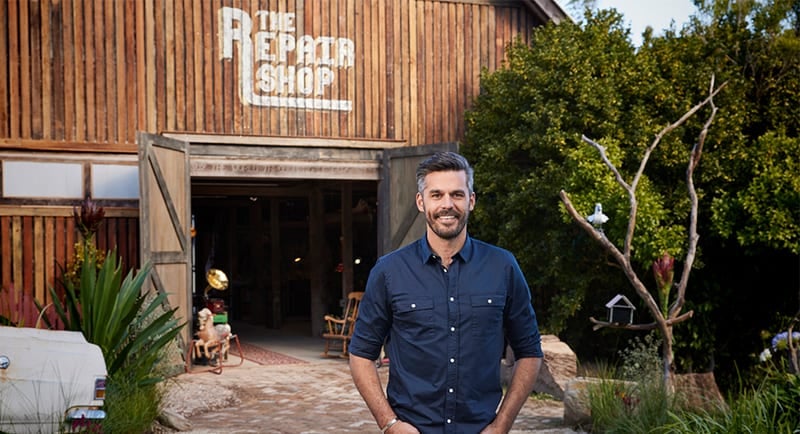Everybody has something that means too much to be thrown away, and The Repair Shop Australia team is working to preserves and restores the items as well as the stories and the memories that come with them.
Based on the UK original, the show sees a host of family heirlooms and loved ones’ items walk through the door to be brought back to life.
Mediaweek spoke to host of The Repair Shop Australia Dean Ipaviz ahead of the show’s launch on 8.30pm May 3rd on Foxtel LifeStyle or On Demand.
“I was a fan of the UK show first and foremost,” says Ipaviz. “I’ve always been interested in upcycling, renovation, restoration repair, and I guess that’s tied to my carpentry skill set.
“I love the concept of the UK series, I’ve been a fan for a while. Then when the opportunity came around, I leaped at it because of that passion for restoration and repair.”
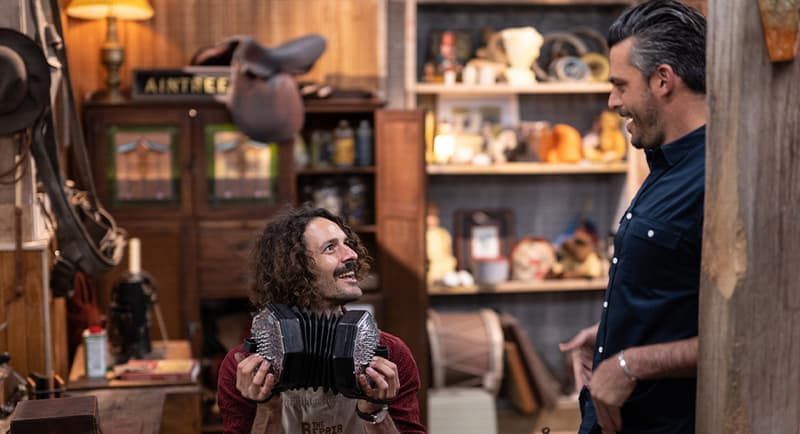
The UK series has been a major drawcard for Foxtel, but Ipaviz says the Australian take on the format has a much more local feel.
“There is a bit more Australiana in the items, which separates this series and really identifies it as Australian. Think about the age of our country versus the UK, and then subsequently the stories and the migration pieces that have built Australia. The stories that we unpack in the first series are very tied to immigration.
“A lot of the items that you do see in the UK series, while they’re impressive and incredible, they are very British. People will see items coming through the Australian series that they can identify with and hear stories they can identify with because either they know someone who shared the same story, or they’ll know the item because they’ve seen it before.”
The Repair Shop team features Majella the metal worker, Aaron the leather craftsmen, Erin the jeweller, Britta the furniture restorer, Andrew the horologist, and Paul the electrical all-rounder.
“I was just incredibly blessed to be able to watch these people do what they do,” says Ipaviz.
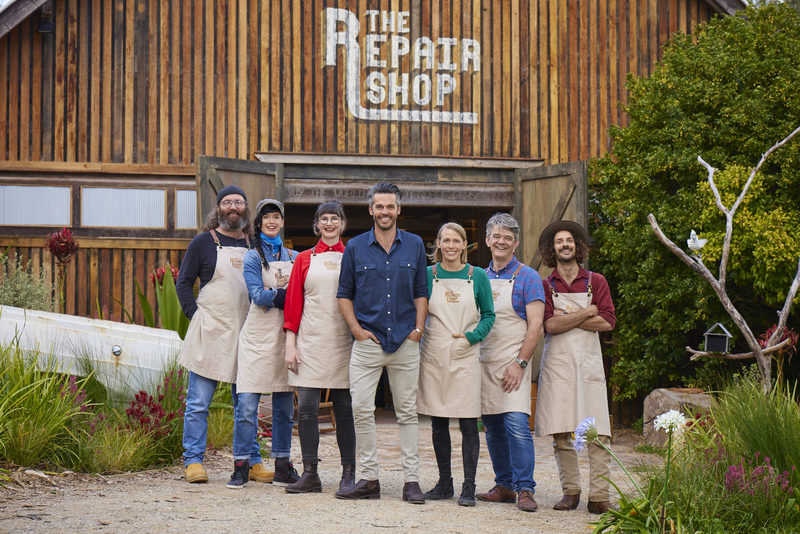
Ipaviz and The Repair Shop experts
“When you see the level of detail which all these guys work to, it was a real pleasure to watch them work and get a bit of an insight into what it takes to be a leatherworker or what it takes for horologists to be able to get in and fix a clock.
“They just work at the most incredibly minute detail. They’re such precision artisans that it was really just a pleasure to be able to watch them do what they do and assist where I can and work alongside them.”
The Repair Shop Australia was filmed just as Sydney went into a major lockdown, which Ipaviz says led to some headaches for the production.
“The show is really only as good as the stories that we’re able to unpack, and those stories are linked to the items that we’ve got access to.
“I remember driving and talking to my agent on the way down thinking ‘how the hell are we going to get this thing shot?’ because I was barely allowed to come down from Byron Bay to go to Sydney, let alone have people bring these objects in.”
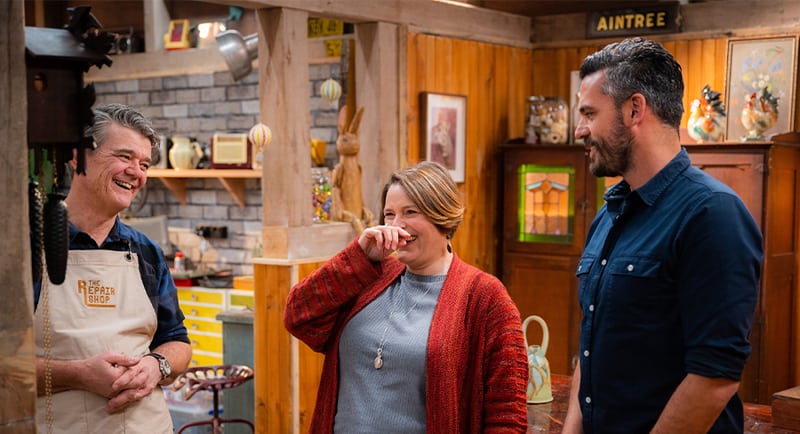
Despite the speedbumps along the way, the show’s team managed to get the job done
“Credit to the production company and Foxtel for being able to bring it all together. We managed to get around it, and we still managed to bring in some incredible items and tell some amazing stories.
“Having seen what I’ve seen of series one, if we were able to pull that together with the limited zones that we were able to work with, I can only imagine how exciting it would be if we get another opportunity to do it.”
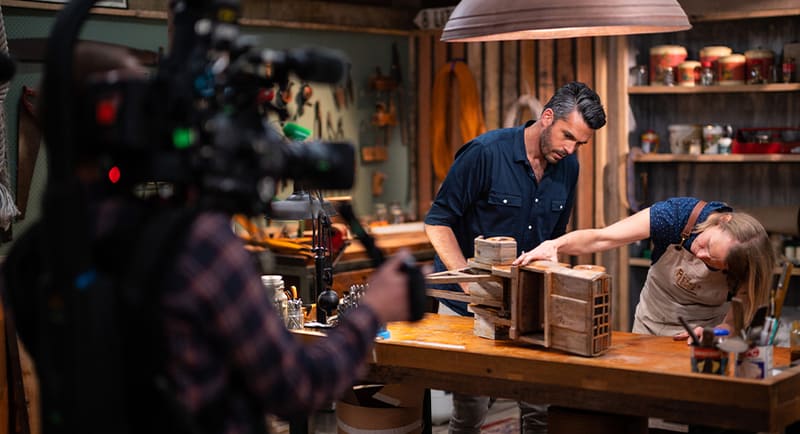
Ultimately, Ipaviz hopes that the show inspires Australians to see the things around their home in a new light.
“I hope people get an appreciation for their items. There are these big, minimalist movements and people are disconnecting from their items because they’re trying to accumulate less.
“There’s such an innate value in the stories that are tied to these items, and I think people sometimes can overlook some of the things that they’ve got in their lives and simply see them as things instead of understanding why they are the things that they are. Ultimately, it’s the story behind those items that make them valuable.
“Hopefully it sees a few heirlooms get dusted off in houses around Australia, and people start to share some of the history of their own families.”
